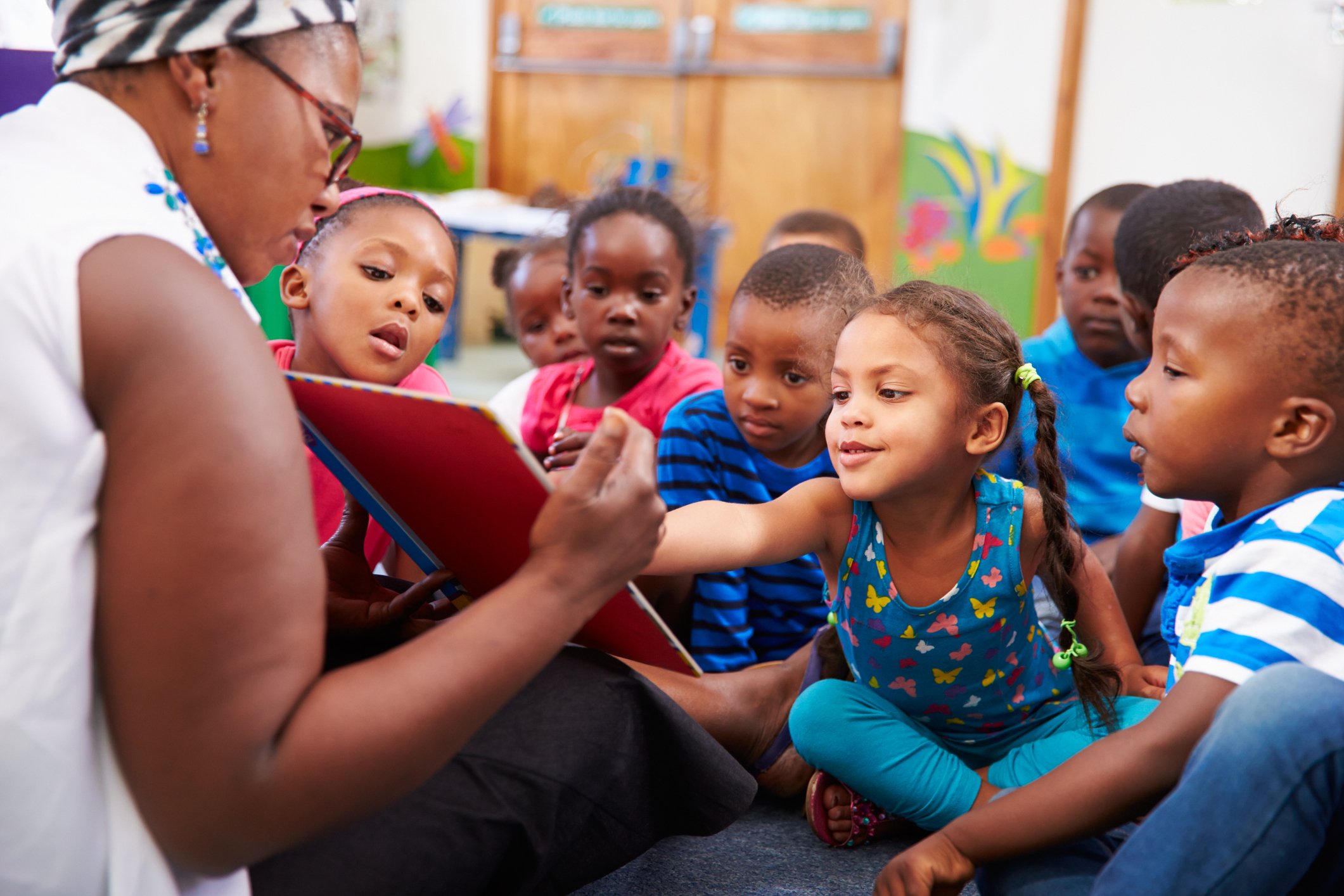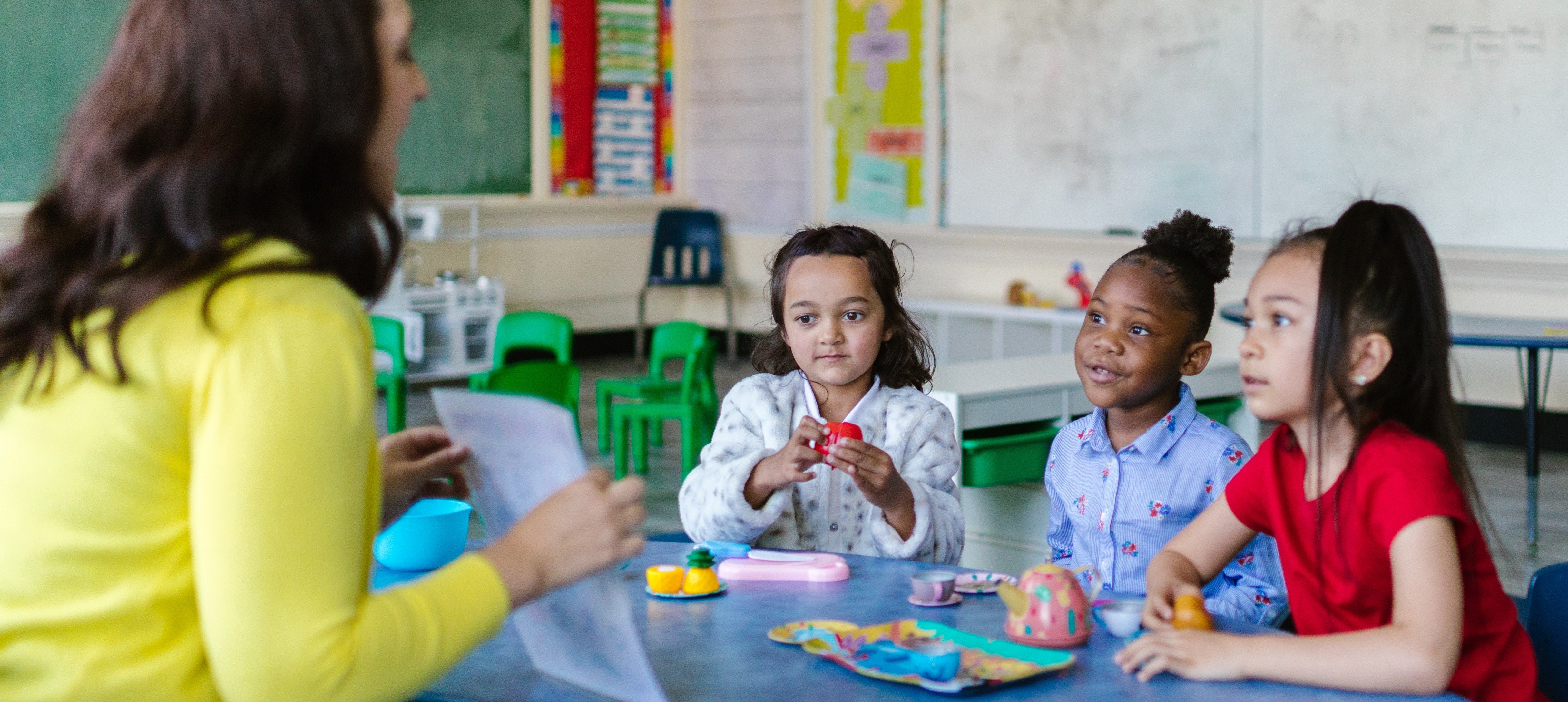You believe in the power of positive behavior interventions, but some of the classroom teachers in your district are less enthusiastic. Teachers are sharing that they are burnt out, they already have too much on their plates, or they are unsure these strategies will create the change they need. These concerns are valid and should be considered when implementing new systems.
In order to implement a successful system of Positive Behavioral Interventions and Supports (PBIS), you need to work with teachers, meeting them where they are and taking the journey together. This is especially vital with behavior management, as it can be a personal and painful topic for educators.
PBIS is not just about using solid strategies and interventions, though that is one piece of the puzzle. In order for these practices to be effective, educators need to believe in their efficacy and have to want to use them. This involves shifting mindsets towards new systems and being open to new ways of doing things, which is just as important as shifting practice. Here are 8 tips to help shift adult mindsets when implementing PBIS.
8 Ways to Help Shift Adult Mindsets Around Positive Behavior
1. Be the Change
New ideas are easier to embrace when they are modeled by leadership. Find ways to demonstrate positive behavior practices in your interactions with students and colleagues. Try using behavior-specific praise, which uplifts adults as well as students. Did you notice a teacher giving a great lesson, or encouraging a student? Let them know! You’ll not only demonstrate the impact of these strategies, but you’ll also build better relationships with staff and contribute to a positive school culture.
2. Find Your Why
When adopting a new practice, habit, or system, it’s important to know why. When you know your “why,” you are more motivated to work towards your goals. Why is it important to use positive behavior supports? “Other districts are doing it,” or “my superintendent told me this is what we are doing” aren’t particularly compelling reasons, are they? But “students deserve to learn in a place where they feel safe, supported, and seen” and “my classroom is a more positive place” speak more to your heart, and make you want to create those realities.
Take some time to really think about your own why, and share it with educators. Ask them to do the same. How might using positive behavior strategies change their daily classroom life? Why is that important? What value would this bring to your community? When you know your why and have a purpose, you have something to motivate you to continue when things get hard.
3. Elevate Student Voice
Hearing about student experience can be a powerful motivator for change. For example, educators in El Paso learned through student voice surveys that their students were yearning for a deeper connection with their teachers. This knowledge motivated the teachers to develop new ways of building relationships with students.
When you learn the impact your actions are having on those you care about, you better understand what is going well and what areas may need a change. Gathering and sharing student feedback about behavior shows not only the impact of current practices, but also provides a concrete reason for making change.
4. Share the Research
Learning more about a topic can help change your mind. Sharing the wealth of research that has been done on positive behavior management shows that this isn’t just another education fad, but a long-standing and effective method. You can share studies when introducing new practices at professional trainings, discuss them in team meetings, or send them in an email newsletter.
5. Provide Scaffolding
Change doesn’t happen overnight, and adults need support when learning new practices. This cannot be done with a one-time training or course. Continue to provide professional development opportunities, share resources, and make time at team meetings to talk about learnings.
6. Make Space for Hard Feelings
Shifting mindsets is just as much about unlearning old ways of thinking and doing as it is about learning new ones. This can be difficult and uncomfortable work, and that is normal and expected. Create a space for educators to safely share their questions, frustrations, and learnings without judgment. This can be in small group meetings, one-on-ones, or even anonymously in an online forum like Padlet or a Google Form.
7. Embrace Flexibility
Every community is different and has different needs and styles. It may take some time to find what’s right for students and adults in your school. Invite feedback from educators about the process, and listen and take action when needed. When educators have agency, they take more ownership over their learning and goals and are more motivated to work towards them.
8. Celebrate Wins
Just as you would celebrate wins in the classroom with students learning positive behavior, celebrate the wins (large and small!) that your teachers are having. Are you seeing fewer referrals? Are you noticing teachers using strategies? Call that out and let them know that you see their hard work and the changes they are making.
|
Level Up Your PBIS: From behavior incident reporting to teacher dashboards, Panorama Behavior Logging & Analytics gives you a full view of behavior in your school or district to better understand data trends, and gives you the information you need to best support students and teachers. |
Shifting mindsets is difficult, but it is possible. Build trusting relationships, and offer as much understanding and support as you can. Lead with empathy, patience, and flexibility, and you’ll be amazed at how much you and your team will be able to change.
For more strategies and insights, download the full guide:
“Getting PBIS off the Ground: How District Leaders Are Rising to Meet the Biggest Challenges”

.jpeg)




